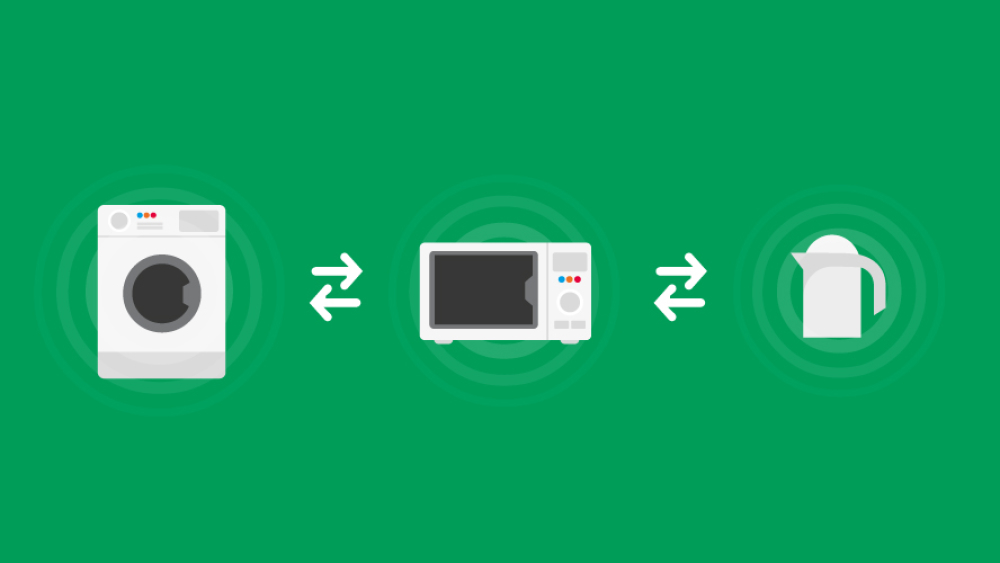How the Internet of Things works
11 Jun 2014

There has been much talk of the Internet of Things (IoT) or the Internet of Everything. What is it and what does it mean for marketers and anyone involved in either product development or customer experience design?
The IoT is a burgeoning reality in which everyday objects can be connected to the internet and can exchange information to and from the web. A simple and often quoted example is the smart fridge which scans the products you put in it and can therefore warn you of use-by dates or automatically order replacement goods. We will come back to this example later, but first how does the IoT actually work?
The IoT works by using readable tagging technologies such as radio frequency identification (RFID) or bar coding or digital watermarks. This tag is read by a device, in our example this is the fridge, and the fridge then talks to the internet. The object therefore needs a tag to identify it, a reader has to be able to read and interpret the tag and then communicate (via WiFi or Bluetooth or low power radio) with the internet exchanging readable and useable data.
The two main issues as I see them today are:
1. Whilst machine-to-machine communication can occur now (think of your set top box or router exchanging information with your service provider) the ability of other devices and items to connect needs to be planned in now and will take many years to fully roll out. How often do you replace your fridge?
2. The connectivity protocols are still being developed and does the bandwidth exist to tag all the products in your fridge uniquely let alone everything that might be in your home or work place? There could be trillions of items eventually connected to the IOT all “talking” and generating data and where is this all stored and processed and acted upon? And for what purpose?
There are also questions of security and ubiquity to consider. Whilst it is undoubtedly useful to have a reminder when the milk is going off do you want someone, somewhere – and it is not clear who that is – to know about your milk consumption habits or indeed everything else that you do?
On the positive side however it would be really useful to know that an elderly relative had remembered to take their daily medication or was about to run low on something. Or on a more practical day-to-day level connected items could be easily located via RFID tags so the age-old questions of “where are my keys?” (or my favourite shoes) can be quickly and easily answered, handy if you have small children around who are good at finding new places to hide things.
In tomorrow’s blog I’ll look at how to use the IoT – not just because we can – but to improve the customer experience.
By DMA guest blogger Colin Bradshaw, Managing Director, RAPP and DMA Data Council member





Please login to comment.
Comments